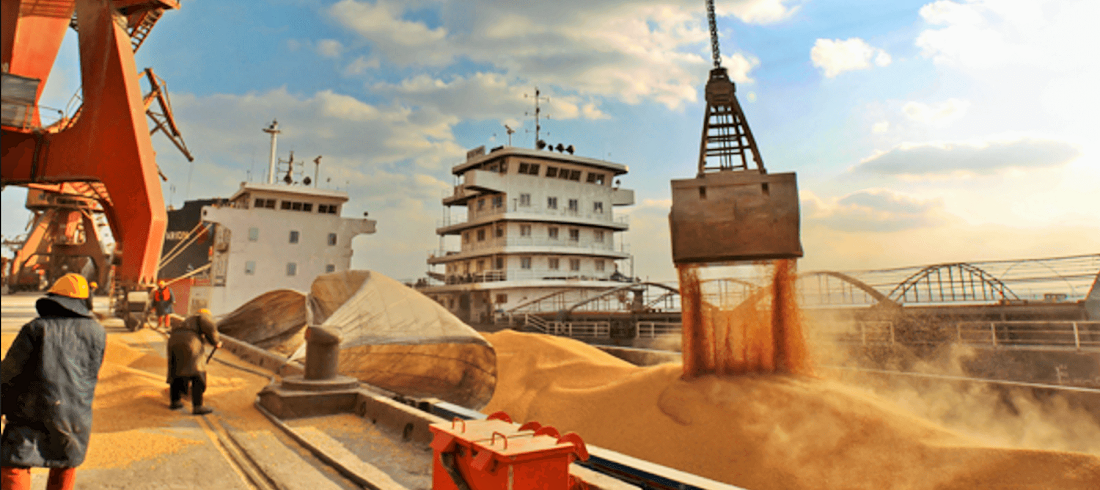
China’s demand for Brazilian soy expected to grow steadily over next ten years
May, 19, 2020 Posted by datamarnewsWeek 202022
The São Paulo Investment and Competitiveness Promotion Agency, Investe SP, believes China will continue to lead global grain imports and reduce meat purchases from abroad in the next decade. The analysis is from their China Agricultural Outlook 2020-2029 report, produced based on a conference held recently in Beijing, which outlined the agricultural prospects for the Asian country, projecting its needs for the next ten years.
Over the next ten years, China will remain a major grain importer, with emphasis on soy, corn, wheat, and rice, in addition to sugar and animal products such as beef, pork, and chicken. Other products such as fruits, eggs, dairy products, and fish can also generate opportunities for Brazilian agribusiness.
Brazil is China’s main supplier of soybeans. Of the 88.6 million tonnes imported in 2019, around 65% came from Brazil. For the next decade, the Chinese will remain the largest importers of soybeans in the world, with an average annual growth rate close to 1%, which could approach 100 million tonnes imported in 2029. If confirmed, the volume would represent an increase of around 13% in Chinese soy purchases.
The following chart shows Brazilian soy exports to China and the rest of the world month by month:
Graphic source: DataLiner (To request a DataLiner demo click here)
In the case of corn, Brazil is not yet a significant supplier. Beijing has sought to guarantee its supply from Ukraine. However, given the significant increase in Brazilian production and the current exchange rate levels, it may become more competitive in the Chinese market.
For pork and chicken imports, there are two different scenarios for the short and long term. In 2020, China is projected to increase its pig imports by more than 30%, reaching 2.8 million tonnes, influenced by the African swine flu crisis that hit the country in 2018. However, according to the report, China is expected to recover its domestic production over the next decade, thereby reducing the need for imports gradually. In view of this scenario, the perspective is that pork imports will stand at 1.95 million tonnes in 2029, which would represent a 30.3% retraction in comparison to this year’s import needs.
The scenario is similar for chicken as for pork. Last year, Chinese imports reached 779,000 tons, an increase of 55% compared to 2018. For 2020, the forecast is that purchases should reach 860,000 tonnes, which will represent an increase of 10.4% over 2019. With domestic production having increased over the past ten years, China’s need for chicken imports is expected to decrease to around 590,000 tonnes in 2029, about 30% less than this year’s projected imports.
The graph below shows Brazil’s pork, chicken and beef exports to China since January 2015:
Graphic source: DataLiner (To request a DataLiner demo click here)
Report sources: Invest SP and Valor Econômico
-
Ports and Terminals
Apr, 06, 2020
0
Maersk applies Destination Congestion Charge on reefer containers bound for Manila
-
Other Logistics
Aug, 01, 2024
0
LDC to establish logistics hub for cotton and fertilizers in Mato Grosso
-
Shipping
Oct, 25, 2024
0
Hapag-Lloyd raises outlook on stronger-than-expected demand
-
Economy
Jun, 16, 2020
0
Brazilian trade balance registers US$1.6 billion surplus in second week of June

